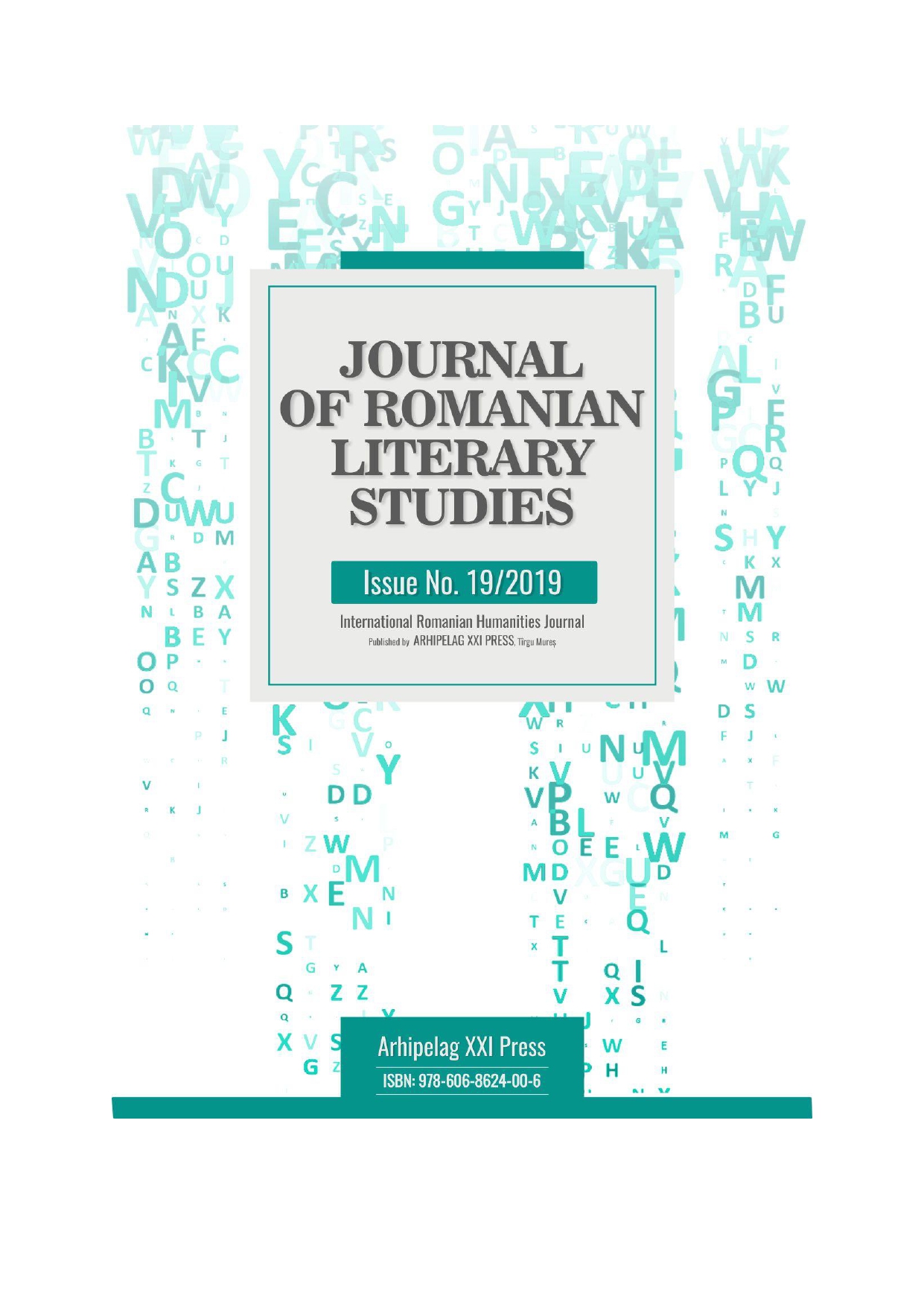HISTORY'S EVIL AND CĂRTĂRESCU'S BESTIARY
HISTORY'S EVIL AND CĂRTĂRESCU'S BESTIARY
Author(s): Alexandru IonașcuSubject(s): Literary Texts, Studies of Literature, Romanian Literature, Philology, Theory of Literature
Published by: Editura Arhipelag XXI
Keywords: social changes; postcommunist transition; personal stories; religious symbolism; bestiary;
Summary/Abstract: This study will explore the interplay between history as a grand narrative, the way Jean- François Lyotard formulated this concept, and the micro-narrative of history as a family journey through the transformations and the dangerous of Communist Romania. As Mihai Iovănel points out, after 1989, Romanian authors could’t keep with the social changes taking place during the so-called postcommunist transition, so opted to place their personal stories and biography at the forefront of their narrative works. In this sense, Mircea Cărtărescu’s trilogy Orbitor can be read as a family history, with the children and young adolescent’s imagination subverting the symbols created by the adults around and a gnostic evil replacing the historical evil like the Securitate secret police. Here, monsters are part of conterfactual narratives that function as an example of both the omnipresence of evil in the world, and as a textual substitute for historical events, with the postmodern Book being present as both a cultural text, with religious symbolism. In his novels, Mircea Cărtărescu imagines a bestiary composed of vastity and the confusion regnum and identities, with nature becoming an extended space and the genders losing their cohesion. In his Nostalgia volume, which is composed of several long narratives that can be read as novels, the focus point is the average man in the face of history that he confronts with his own interests and passions, thereby transforming it into a personal history, and the childhood imagination that revolts against reality as it is set forth by the rules of the adults.
Journal: Journal of Romanian Literary Studies
- Issue Year: 2019
- Issue No: 19
- Page Range: 1013-1021
- Page Count: 9
- Language: Romanian

